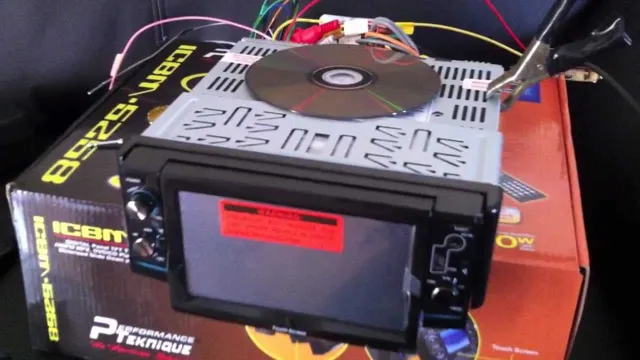How to Bypass Solenoid on Dump Trailer: Expert Tips
Operating a dump trailer is an essential part of many industries, including construction, landscaping, and agriculture. However, if the solenoid on your dump trailer fails, you might find yourself unable to operate the dump function, which can be incredibly frustrating and costly. Bypassing the solenoid can provide a temporary solution to keep your operations running smoothly while you arrange for a proper repair or replacement. In this article, we’ll discuss the steps and considerations for bypassing the solenoid on a dump trailer.
Understanding the Solenoid on a Dump Trailer
Before we get into the bypass process, it’s important to understand the role of the solenoid in a dump trailer’s hydraulic system. The solenoid acts as an electrical switch that controls the flow of hydraulic fluid to the dump cylinder. When activated, the solenoid allows the fluid to flow, extending the cylinder and lifting the dump bed. If the solenoid malfunctions, it can prevent the flow of hydraulic fluid, effectively disabling the dump function.
When to Bypass the Solenoid
Bypassing the solenoid should only be considered as a temporary solution. It is crucial to understand that bypassing the solenoid means eliminating an important safety feature of the dump system. A malfunctioning solenoid may be indicative of underlying issues that could lead to dangerous situations. Therefore, bypassing the solenoid should only be done to move the dump trailer to a safe location for repair or to complete essential tasks before repairing or replacing the solenoid.
Steps to Bypass the Solenoid on a Dump Trailer
Before attempting to bypass the solenoid, ensure that the dump trailer is parked on a flat, stable surface and that the hydraulic system is depressurized to prevent accidental movement of the dump bed.
Step 1: Safety Precautions
Always wear appropriate safety gear, such as gloves and safety glasses, when working on hydraulic systems. Additionally, make sure to disconnect the dump trailer from any towing vehicle and engage the trailer’s parking brake.
Step 2: Locate The Solenoid
Identify the solenoid in the hydraulic system. It is typically located near the pump and will have wires connected to it. Consult the dump trailer’s manual if you’re unsure about the solenoid’s location.
Step 3: Disconnect Wires
Disconnect the wires from the solenoid to interrupt the electrical connection. This will prevent the solenoid from controlling the flow of hydraulic fluid.
Step 4: Connect Hydraulic Hoses
Identify the hydraulic hoses that are connected to the solenoid. Remove these hoses from the solenoid and connect them directly to bypass the solenoid. This will allow the hydraulic fluid to flow unimpeded, enabling the operation of the dump function.
Step 5: Test The System
Once the bypass is in place, test the dump function to ensure that the hydraulic system is operating as expected. Carefully raise and lower the dump bed to confirm that the bypass has restored functionality to the system.
Seeking Professional Repairs
After bypassing the solenoid, it is important to arrange for a proper repair or replacement as soon as possible. Operating the dump trailer with a bypassed solenoid poses safety risks and should only be considered a temporary measure.
If you’re not comfortable bypassing the solenoid on your dump trailer, or if you suspect additional issues with the hydraulic system, it’s best to contact a professional mechanic or the trailer manufacturer for assistance. Remember that safety should always be the top priority when working with hydraulic and electrical systems.

Credit: www.target-hydraulics.com
Frequently Asked Questions On How To Bypass Solenoid On Dump Trailer: Expert Tips
How Can I Bypass The Solenoid On My Dump Trailer?
To bypass the solenoid, you can directly connect the battery to the hydraulic pump motor.
What Tools Do I Need To Bypass The Solenoid?
You will need a wrench or socket set to disconnect wires, and a jumper wire for connection.
What Are The Risks Of Bypassing The Solenoid?
Bypassing the solenoid can lead to accidental operation and potential harm if not done carefully.
Can I Drive With The Solenoid Bypassed?
It is not recommended to drive with the solenoid bypassed as it can pose safety hazards.
Conclusion
Bypassing the solenoid on a dump trailer can provide a temporary solution to a malfunctioning solenoid, allowing you to continue essential operations while making arrangements for proper repairs. However, it’s important to emphasize that bypassing the solenoid should only be done as a temporary measure, and professional repairs or replacement should be sought at the earliest opportunity. Safety should always be the primary consideration when working with hydraulic and electrical systems.
Thank you for reading our guide on how to bypass the solenoid on a dump trailer. We hope you found this information helpful and informative.




